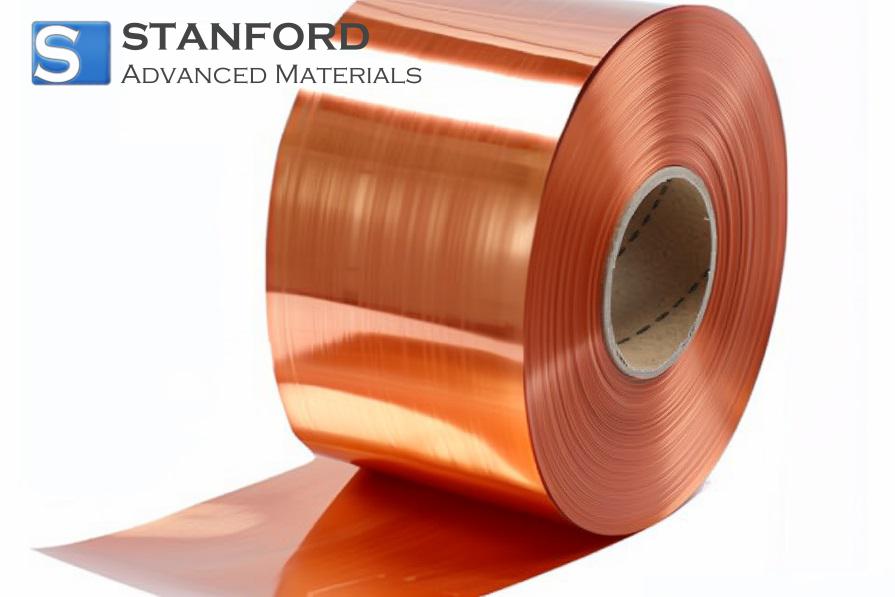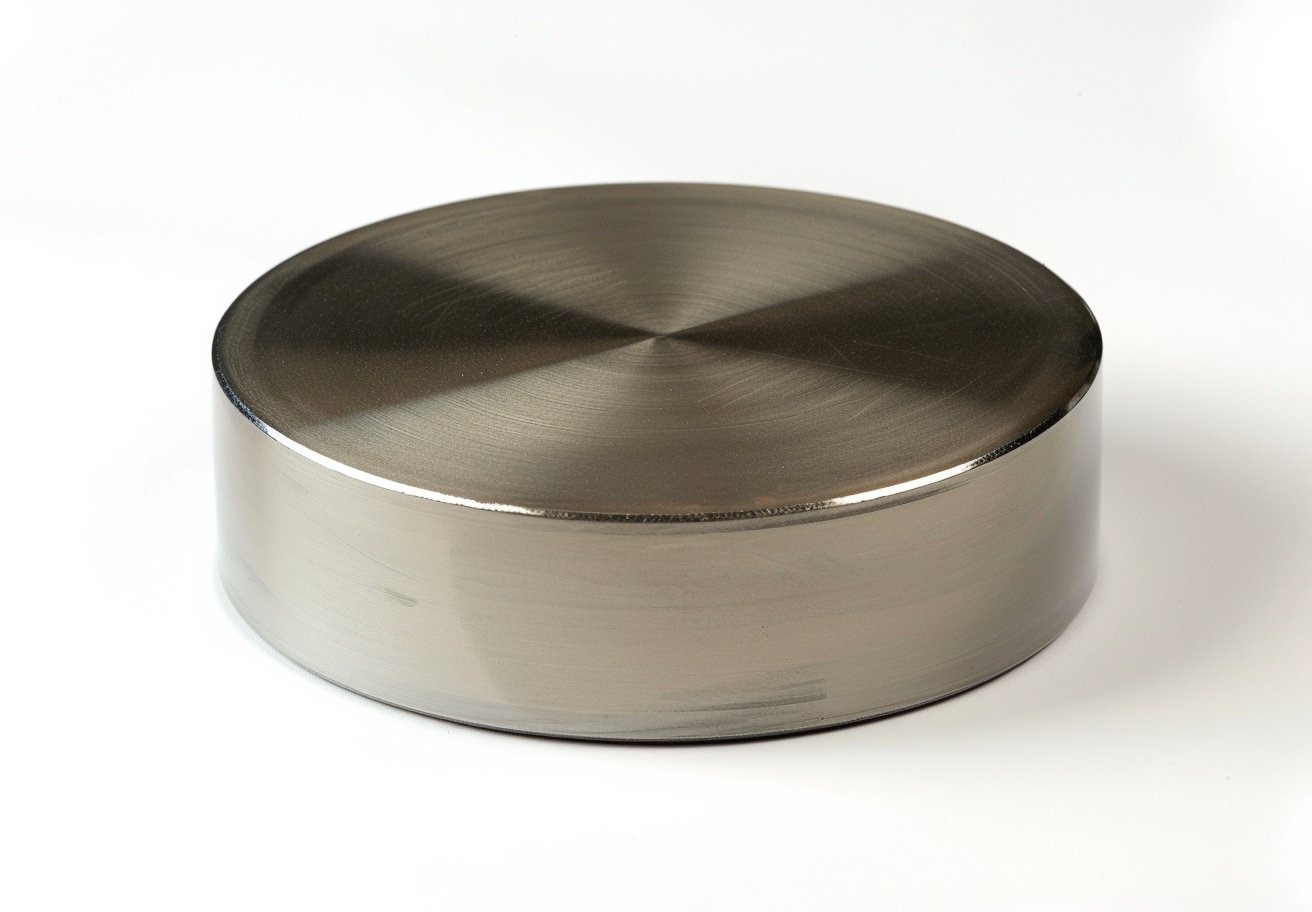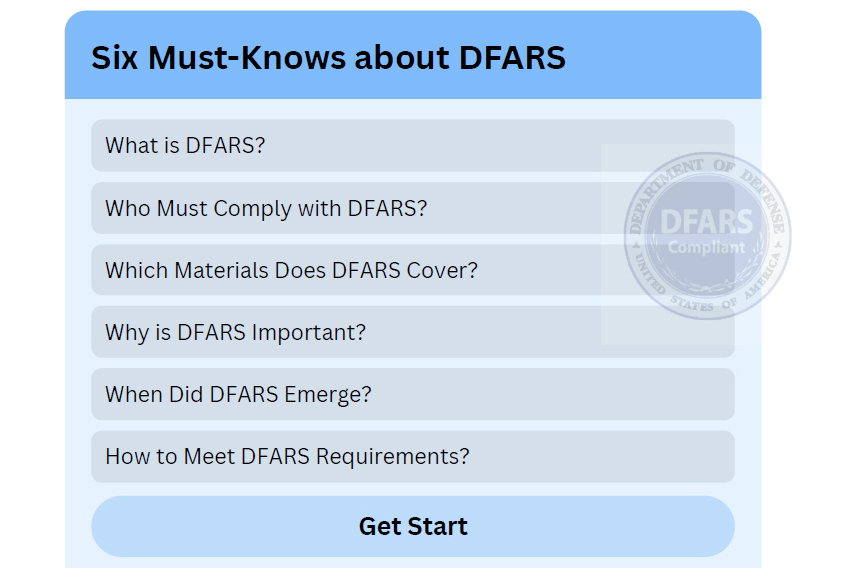Graphene Growth And Adherence To Silicon Wafers
Researchers from the National University of Singapore presented a method in which graphene is deposited onto silicon wafers through a controlled growth process. This process increases the efficiency of direct material transfer. Graphene grows exponentially until it completely covers the silicon surface. The method modifies the practice for applying graphene in technological applications.
Graphene on a Silicon Wafer
This method is the first to both transfer and reproduce graphene on silicon wafers and chips. It differs from the current industry practice that involves rolling liquid graphene onto silicon so that it dries. The standard method produces graphene sheets up to 30 inches long. It creates contamination and defects such as folds, cracks, and creases. In the absence of reliable techniques, material losses were accepted. Consequently, the growth and transfer method addresses these issues.
In this process, a graphene seed is affixed to a silicon substrate. The seed grows exponentially under natural conditions until it fills the available area. Graphene propagates over the growth medium until it fully coats the silicon surface. This method reduces contamination that occurs during the rolling process. Bonus research focused on silicon adhesion indicates that graphene can be used as a growth adhesion agent for other materials.
Experimental Validation
During the experimental phase, thin graphene strips were deposited on silicon-based structures. Researchers used atomic force microscopy to quantify the growth potential. In parallel, electrodes transmitted electrical charges through the growing surface to measure conductivity. This setup ensured that the final product met the necessary specifications. The concurrent experiment recorded no loss in conductivity. Consequently, the method provides a viable alternative to the previously used rolling and drying procedures.
The process is expected to impact the industry. It reduces contamination, lowers labour requirements, and is more cost effective due to reduced processing times.

 Bars
Bars
 Beads & Spheres
Beads & Spheres
 Bolts & Nuts
Bolts & Nuts
 Crucibles
Crucibles
 Discs
Discs
 Fibers & Fabrics
Fibers & Fabrics
 Films
Films
 Flake
Flake
 Foams
Foams
 Foil
Foil
 Granules
Granules
 Honeycombs
Honeycombs
 Ink
Ink
 Laminate
Laminate
 Lumps
Lumps
 Meshes
Meshes
 Metallised Film
Metallised Film
 Plate
Plate
 Powders
Powders
 Rod
Rod
 Sheets
Sheets
 Single Crystals
Single Crystals
 Sputtering Target
Sputtering Target
 Tubes
Tubes
 Washer
Washer
 Wires
Wires
 Converters & Calculators
Converters & Calculators
 Write for Us
Write for Us

 Chin Trento
Chin Trento



